After they perform the hypothesis test, the manager obtains a pvalue of 0004 The pvalue is less than the significance level of 005 Decide whether to reject or fail to reject the null hypothesisReflects the probability of getting a value for the statistic equal to or more extreme than one calculated in a hypothesis, if null hypothesis is true Type 1 error rejecting a true null hypothesis The critical significance level sets the probability of this Type 2 error accepting a false null hypothesis The significance test is the process used, by researchers, to determine whether the null hypothesis is rejected, in favor of the alternative research hypothesis, or not
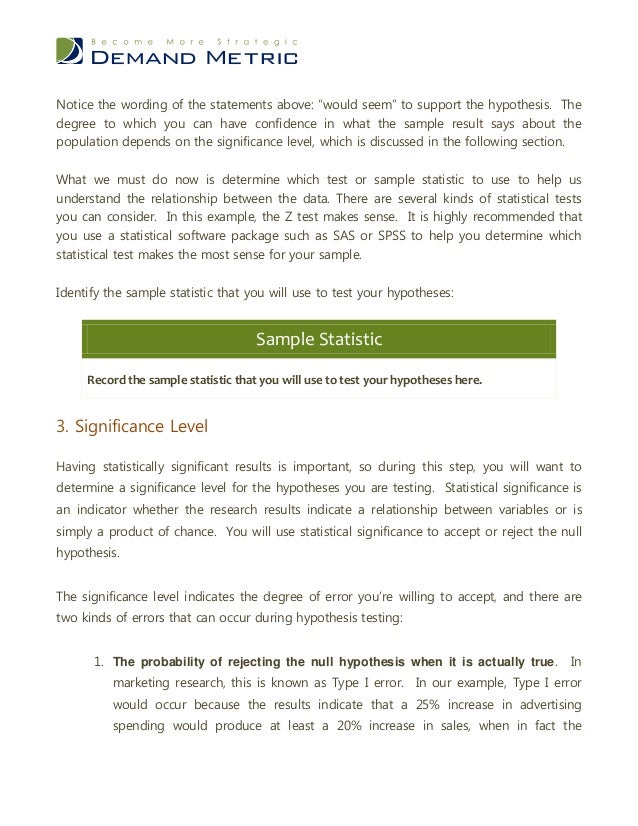
Hypothesis Testing Tool
It tells whether the hypothesis be accepted or rejected
It tells whether the hypothesis be accepted or rejected- Why can an accepted hypothesis be rejected at a later date?A hypothesis test would fail to reject the hypothesis that μ = 100 You can't determine whether the true mean output of the machine is equal to 100 or not When μ o or p o is inside the 1−α CI, the twotailed pvalue is > α
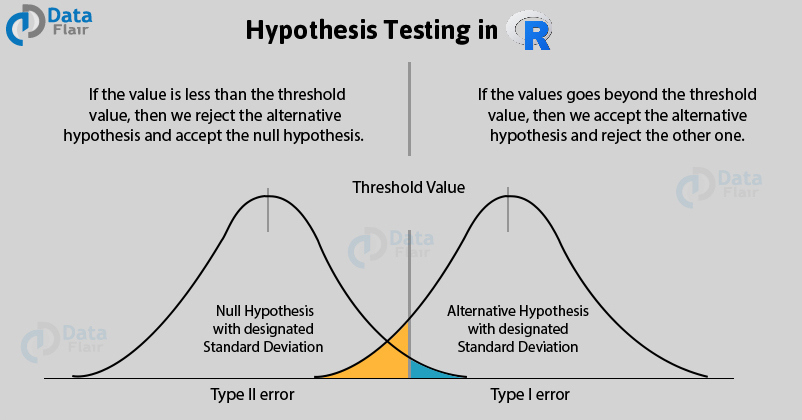



Introduction To Hypothesis Testing In R Learn Every Concept From Scratch Dataflair
Represents the hypothesis that will be accepted only if the data provide convincing evidence of its truth What is Test Statistic a sample statistic, computed from information provided in the sample, that the researcher uses to decide between the null and alternative hypothesesThese tests allow the researcher to decide whether to accept or reject the null hypothesis and whether to accept or reject the alternative hypothesis If changes in the DV are due to chance then we'll accept the null hypothesis, whereas if the statistical test shows the change in the DV occurred due to the IV, then we accept the alternative hypothesisHow do you decide whether to reject or fail to reject the null hypothell tentence 2 How do you tell whether the test bleft, right, or two talled bullets 3 Why can we never accept the null hypothesis
1 We fail to reject the null hypothesis when the value found is contained in the confidence interval set We reject the null hypothesis when the value does not fall within the confidence interval 2 We tell the test is left tailed when we are only View the full answer Failing to Reject vs Accept In an experiment, the null hypothesis and the alternative hypothesis should be carefully formulated such that one and only one of these statements is true If the collected data supports the alternative hypothesis, then the null hypothesis can be rejected as falseLevel of Significance A predetermined level of significance allows for the null hypothesis to either be rejected or accepted 11 The significance level that is widely used in academic research is 005, which is often reported as 'p = 005' or 'α = 005'The null hypothesis is rejected in favour of the alternative hypothesis if the calculated pvalue is less than the predetermined
In its usual form, two hypotheses are put forward a null hypothesis (usually a statement of null effect) and an alternative hypothesis (usually the opposite of null hypothesis) Based on the outcome of the hypothesis test one hypothesis is rejected and accept the other based on a previously predetermined arbitrary benchmarkYou'll prepare a table or graph of the data6ConclusionConclude whether to accept or rejectHowever, it is a practice that is meant to avoid misconceptions about what the evidence actually shows In the usual formulation, a null hypothesis




P Value And Statistical Significance Simply Psychology




Hypothesis Testing Maths Libguides At La Trobe University
Ans To decide whether to reject or fail to reject the null hypothesis we consider the following two conditions such as;Using a confidence interval to decide whether to reject the null hypothesis Suppose that you do a hypothesis test Remember that the decision to reject the null hypothesis (H 0) or fail to reject it can be based on the pvalue and your chosen significance level (also called α) If the pvalue is less than or equal to α, you reject H 0;The null hypothesis is to test whether the hypothesis can be rejected if the hypothesis is true Similar to the concept of innocence We assume innocence until we have enough evidence to prove the suspect guilty In short, we can think of the null hypothesis as an accepted statement, for example, that the sky is blue We have accepted this



2



Hypothesis Testing Calculator
$\begingroup$ "fail to reject the null hypothesis" (or something similar) is the way I generally put it on the rare occasions when I formally test a hypothesis and don't reject the null I almost never think the null has a chance to be actually true so it's more a lack of evidence against the null than in any sense an acceptance that the nullCompare the P value to α If the P value is less than (or equal to) α, reject the null hypothesis in favor of the alternative hypothesis If the P value is greater than If the null hypothesis is rejected, then we accept the alternative hypothesis If the null hypothesis is not rejected, then we do not accept the alternative hypothesis Going back to the above example of mean human body temperature, the alternative hypothesis is "The average adult human body temperature is not 986 degrees Fahrenheit"
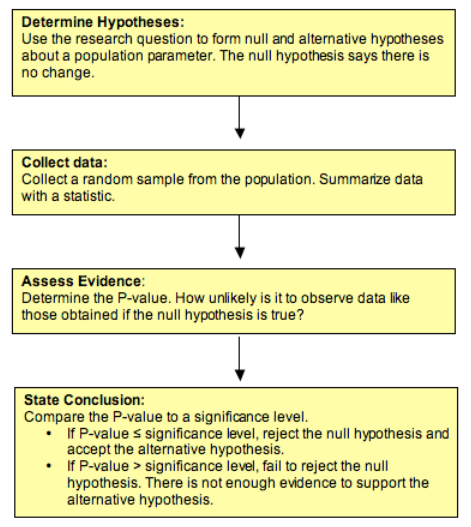



Hypothesis Testing 3 Of 5 Concepts In Statistics




One Tailed And Two Tailed Hypothesis Tests Explained Statistics By Jim
Whereas the pvalue gives you the In Hypothesis testing, if the significance value of the test is greater than the predetermined significance level, then we accept the null hypothesis If the significance value is less than the predetermined value, then we should reject the null hypothesisA) accept the null hypothesis when it is true b) fail to reject the alternative hypothesis when it is false c) fail to reject the null hypothesis when it is false d) report that our findings are significant when they are not




Hypothesis Testing All A Beginner Needs To Know By Abhishek Barai Analytics Vidhya Medium
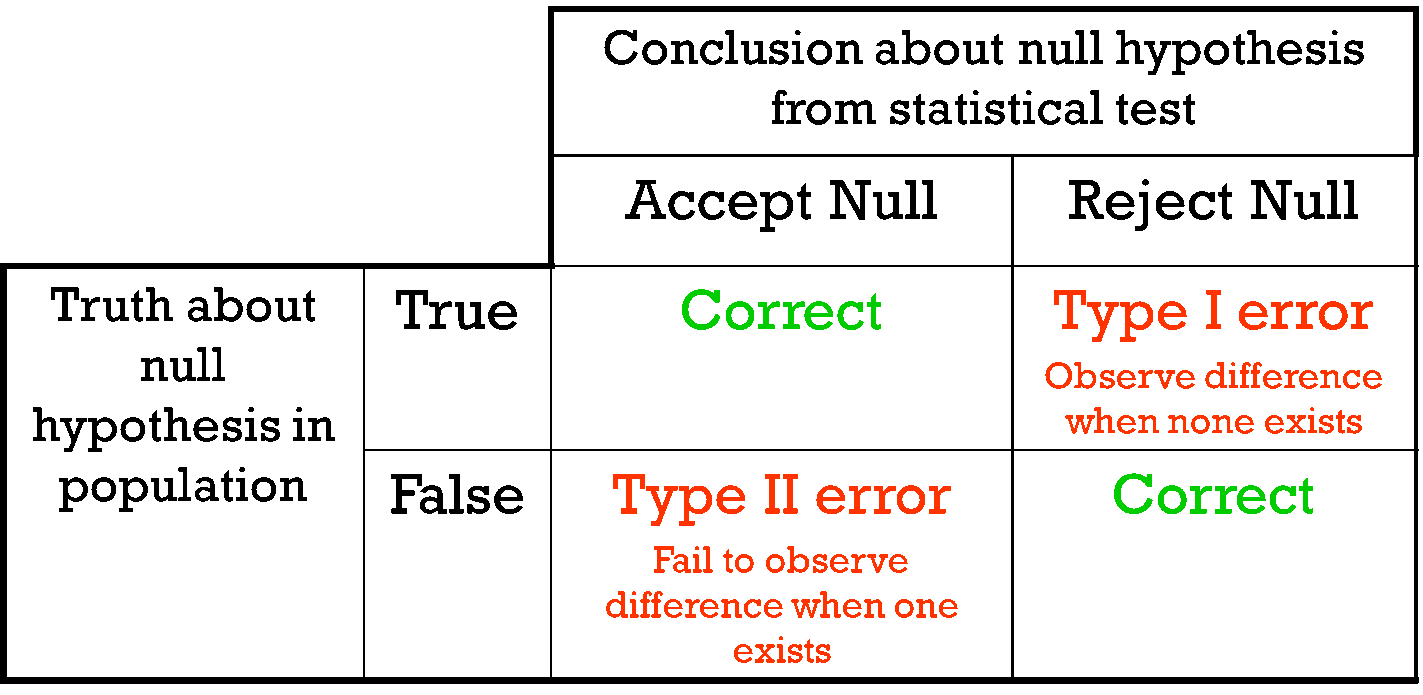



Hypothesis Testing Maths Libguides At La Trobe University
If this level of risk of error can be tolerated then the null hypothesis can be rejected The confidence level, alpha (𝛼), is used as a threshold to determine whether the null hypothesis should be accepted or rejected It is also represents the probability that you reject The zscore is a statistical test of significance to help you determine if you should accept or reject the nullhypothesis;
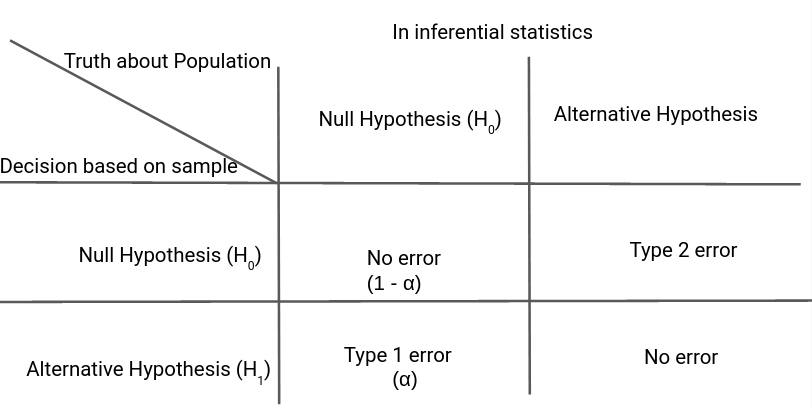



Hypothesis Testing Difference Between Z Test And T Test




B Decide Whether The Null Hypothesis Is To Be Rejected Or Accepted Given The Test Value And The Brainly Ph
I actually realised i made a mistake in my experiment yesterday, so We have two types of hypothesis ie, Null Hypothesis and Alternative Hypothesis we take null hypothesis as the same statement given in the problem Alternative hypothesis is the statement that is complementary to null hypothesis When our calculated value is less than the tabulated value, we accept null hypothesis otherwise we reject null hypothesisThe answer to the question why is this It can be rejected at a later date because it is falsifiable in nature if it is a good hypothesis If you meant to ask HOW it can be rejected, the answer is by way of further experimentation that rules out some or all of the hypothesis as stated
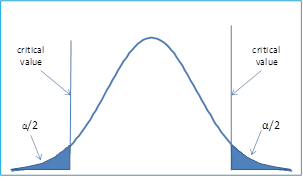



Null And Alternative Hypothesis Real Statistics Using Excel




Developing And Testing Hypotheses Skillsyouneed
When your pvalue is less than or equal to your significance level, you reject the null hypothesis The data favors the altern View the full answer Transcribed image text 1Whether or not to accept the hypothesis depends on other factors, including the consequences of being wrong and established norms For example, in science, a "pvalue" of less than 005 is the generally accepted standard for accepting the hypothesis It means that the hypothesis The first thing to recognize is that failing to reject the null hypothesis might not be an error If the null hypothesis is false, then the correct outcome is failing to reject the null However, if the null hypothesis is false and you fail to reject, it is a type II error, or a false negative



Importance Of Hypothesis Testing In Data Science
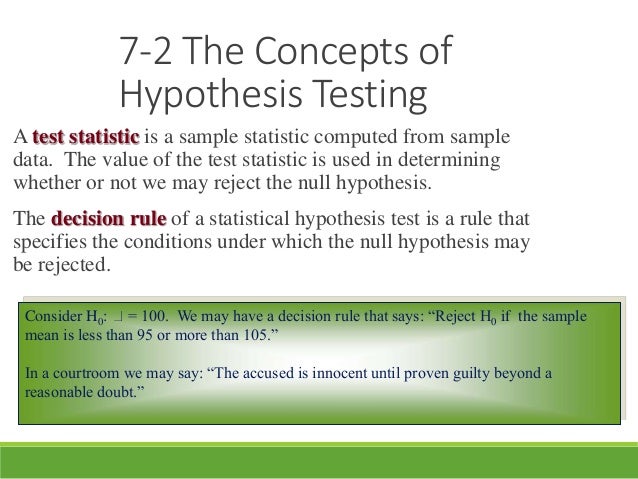



Testing Of Hypotheses
The pvalue is the chance you are wrong if you decide to reject the null hypothesis based on the data observed Can you tolerate this chance of error when rejecting the null hypothesis?Whereas the alternative hypothesis relates to the statement to be accepted if / when the null is rejected The final conclusion, once the test has been carried out, is always given in terms of Thus, the null with c1 and c2 cannot be rejected (ie we do not know whether it has or not) Whereas the null with c3 can be rejected Ie at c3 there is a significant effect on z As already mentioned, a null is never accepted, we either reject, or fail to reject Thank you!



Data Analysis In The Geosciences
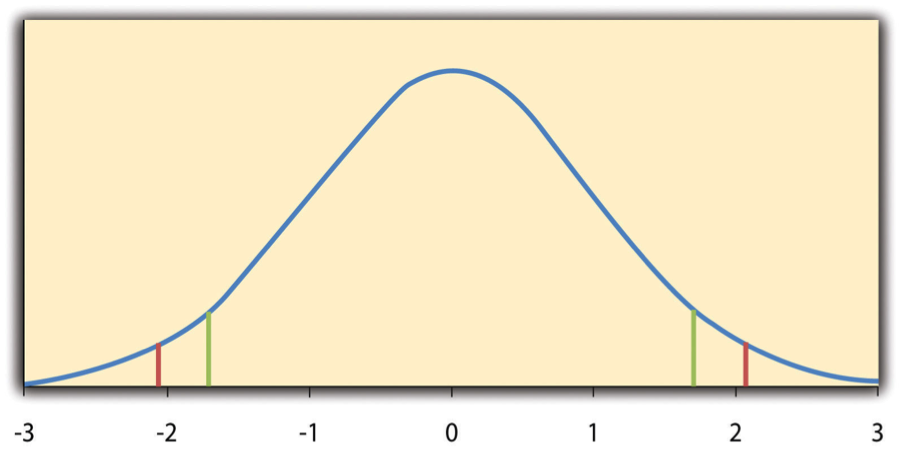



Some Basic Null Hypothesis Tests Research Methods In Psychology 2nd Canadian Edition
But it remains true in that the acceptance of a null hypothesis is a weak decision whereas rejection is strong evidence of the sample against the null hypothesis When the null hypothesis is rejected it means the sample has done some statistical work, but when the null hypothesis is accepted it means the sample is almost silentHypothesis test a test that determines whether to accept or reject a hypothesis based upon the given results Hypothesis test Tells if a sample statistic (phat) occurs by random occurance or not (aka statisticlaly significant) Assumptions, hypothesis statements and What tells whether or not the data of the controlled experiment is supported by the hypothesis?
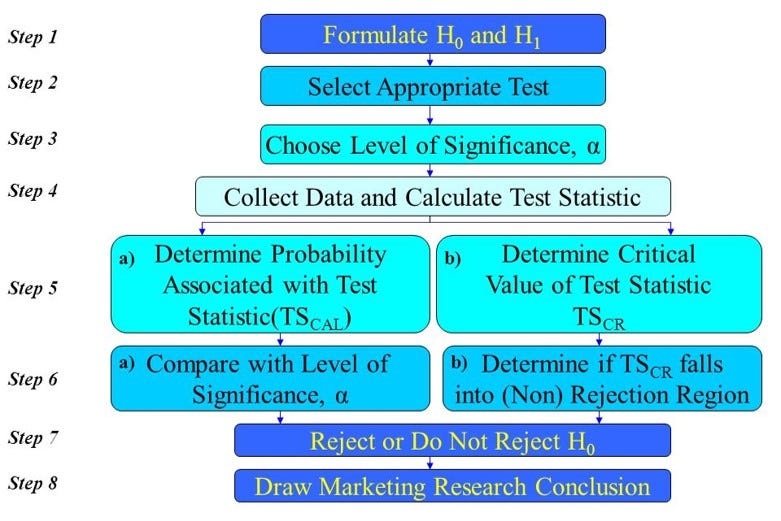



Everything You Need To Know About Hypothesis Testing Part I By Mahesh Towards Data Science
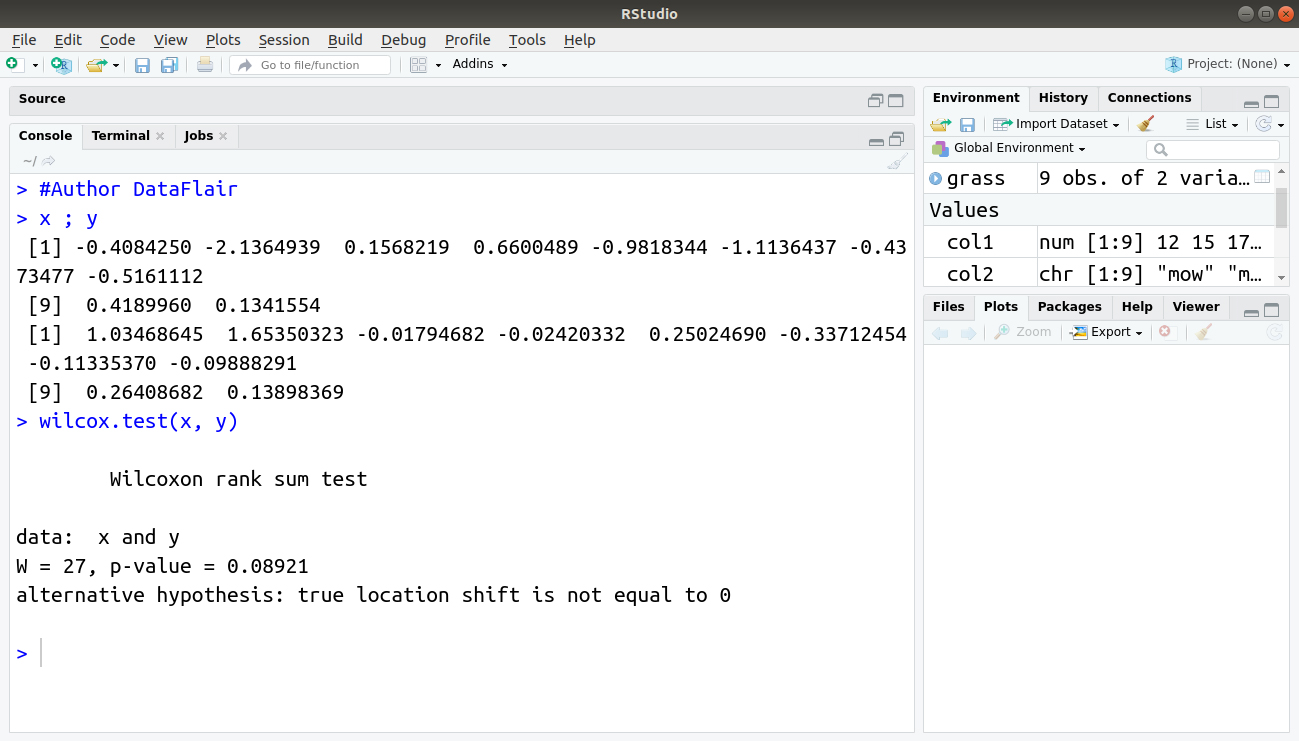



Introduction To Hypothesis Testing In R Learn Every Concept From Scratch Dataflair
You either reject it, or you fail to reject it A pvalue does not tell you which of two hypotheses (null or alternate) is correct It tells you the probability of finding a more extreme value assuming that no effect exists (the null hypothesis), conditional on some large and important assumptions By convention, we say that if this probability is less than 5%, we reject the nullAccept Versus Fail to Reject • Some texts use "accept the null hypothesis" • We are not proving the null hypothesis • Fail to reject says more correctly • The available evidence is not strong enough to warrant rejection of the null hypothesis (such as not enough evidence toA smallest α at which the null hypothesis can be rejected b largest α at which the null hypothesis can be rejected c smallest α at which the null hypothesis cannot be rejected d largest α at which the null hypothesis cannot be rejected ____ 15 We have created a 95% confidence interval for µ with the results (10, 25)
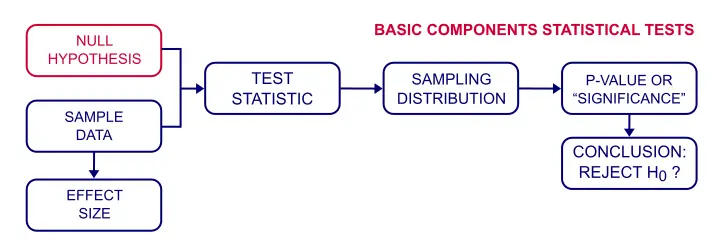



Null Hypothesis Quick Introduction
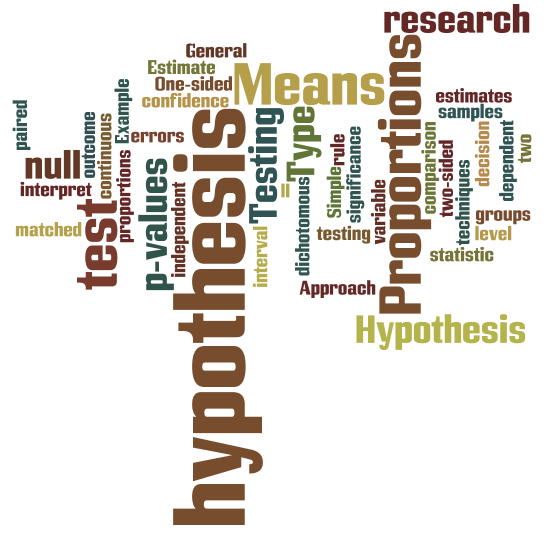



Hypothesis Testing For Means Proportions
By definition, an accepted hypothesis is what you are left with once H0 has been disproven, This is also called H1 Importantly, H1 has not not been but emerges from the ruins of the disproven H0 A rejected hypothesis should always be the state of not having been able to disprove H0 Any other use of the term will easily get you into troubleA statistical testuses the data obtained from a sample to make a decision about whether the null hypothesis should be rejected The numerical value obtained from a statistical test is called the test value You will notice that our statistical tests will resemble the general formula for a zscore6 If the Fvalue from ANOVA table is 19 and the critical F from the back of the book is 3, you would (2 points) a) accept the null hypothesis of independence b) reject the null hypothesis of independence c) accept the null hypothesis that means are different d) reject the null hypothesis that means are not different e) none of the above



1
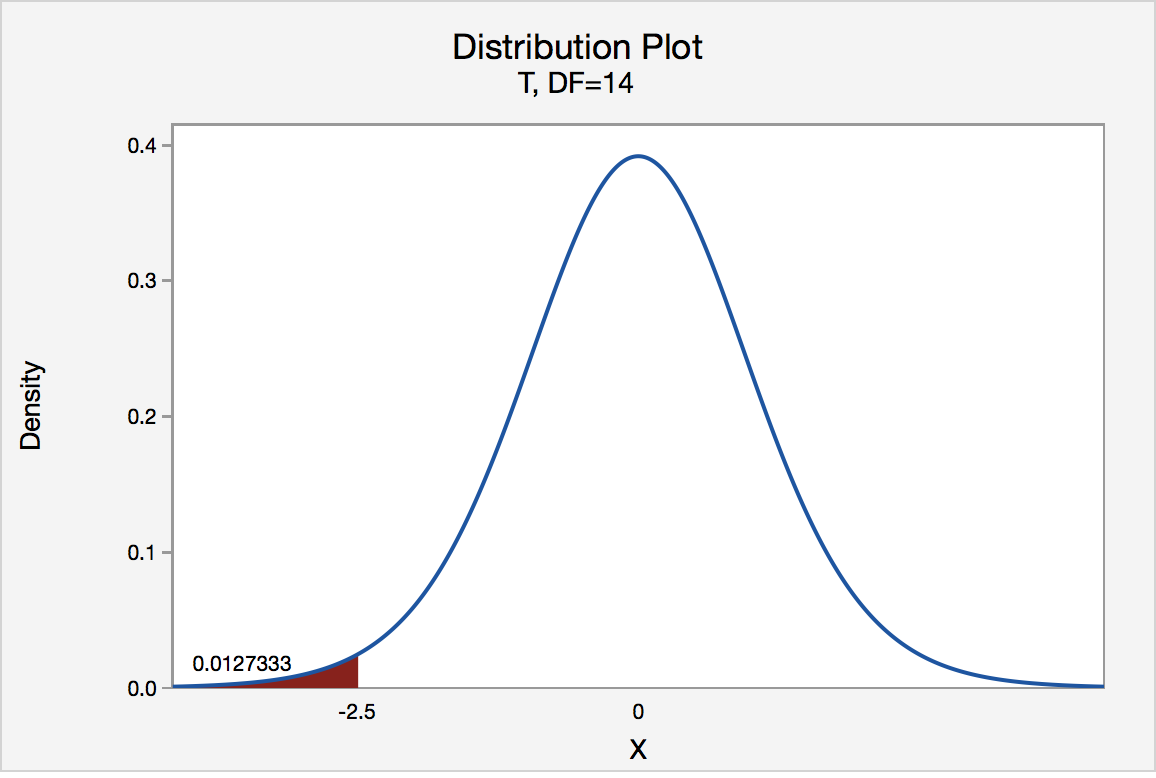



S 3 2 Hypothesis Testing P Value Approach Stat Online
Likewise, in hypothesis testing, the null hypothesis is assumed to be true, and unless the test shows overwhelming evidence that the null hypothesis is not true, the null hypothesis is accepted Example Suppose that you are trying to decide whether aReject H 0 / "Sufficient evidence to say patient is dead" Fail to Reject H 0 / "Insufficient evidence to say patient is dead" There are four possibilities that can occur based on the two possible states of nature and the two decisions which we can make Statisticians will never accept the null hypothesis, we will fail to rejectIn the same way, a statistical test cannot prove the null hypothesis, but it can provide evidence against it As for the alternative hypothesis, it may be appropriate to say "the alternative hypothesis was not supported" but you should avoid saying "the alternative hypothesis was rejected" Once again, this is because your study is designed to reject the null hypothesis, not to reject the alternative hypothesis




Hypothesis Testing Critical Values Rejection Regions I Statistics 101 4 Marinstatslectures Youtube
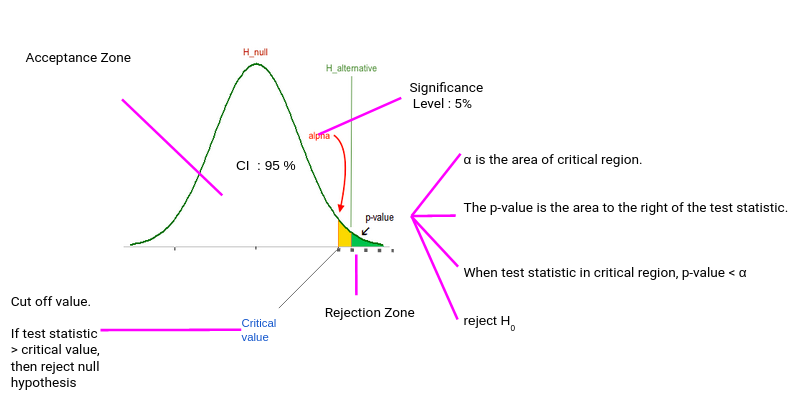



Hypothesis Testing Difference Between Z Test And T Test
Answer (1 of 5) Most statisticians do not use terms like "accept the hypothesis" This is a matter of semantics; Some people say you can either accept the null hypothesis or reject it However, there are statisticians that insist you can either reject it or fail to reject it, but you can't accept In statistics, we use hypothesis tests to determine whether some claim about a population parameter is true or not Whenever we perform a hypothesis test, we always write a null hypothesis and an alternative hypothesis, which take the following forms H 0 (Null Hypothesis) Population parameter = ≤, ≥ some value H A (Alternative Hypothesis) Population
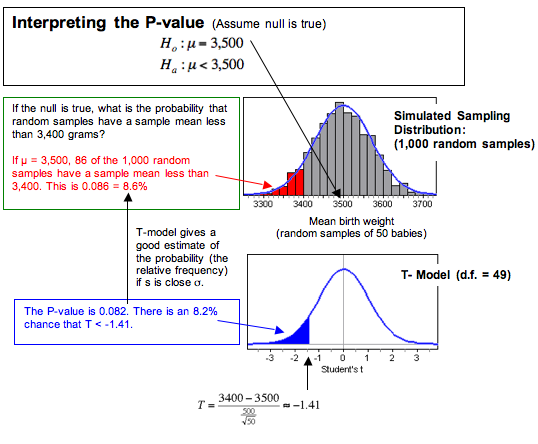



Hypothesis Test For A Population Mean 5 Of 5 Concepts In Statistics



Data Analysis In The Geosciences




Failing To Reject The Null Hypothesis Statistics By Jim




Hypothesis Testing Hypothesis Testing For Beginners In Data Science




Hypothesis Testing And P Values Video Khan Academy
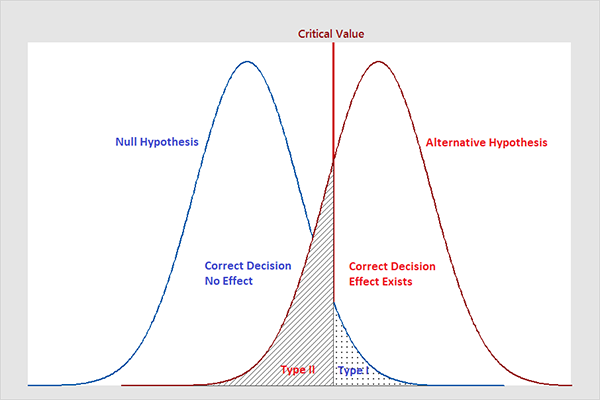



Types Of Errors In Hypothesis Testing Statistics By Jim
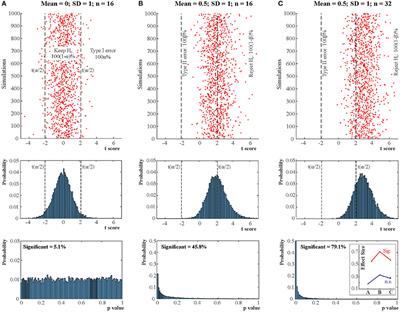



Frontiers When Null Hypothesis Significance Testing Is Unsuitable For Research A Reassessment Human Neuroscience



Psychology 3 Psychological Statistics




Review Estimating A Mean Suppose We Want To




Introduction To Hypothesis Testing In R Learn Every Concept From Scratch Dataflair
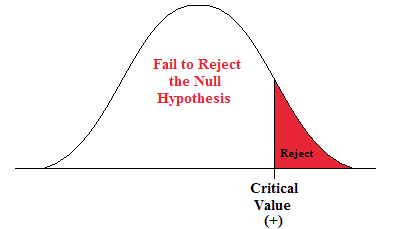



Chapter 3 Hypothesis Testing Natural Resources Biometrics




Hypothesis Testing P Value A Simplified Approach By Suraj Gurav Towards Data Science
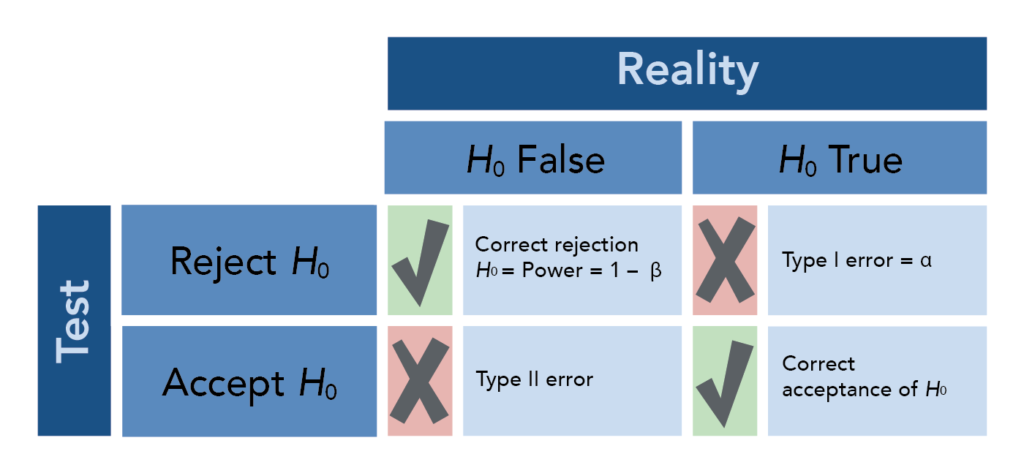



Hypothesis Testing 5 Of 5 Concepts In Statistics



1
/hypothesis-classroom-board-479946192-831928db59dd47f2a8eec7e005dc8781.jpg)



Hypothesis Testing Definition




How To State The Conclusion About A Hypothesis Test Dawn Wright Ph D
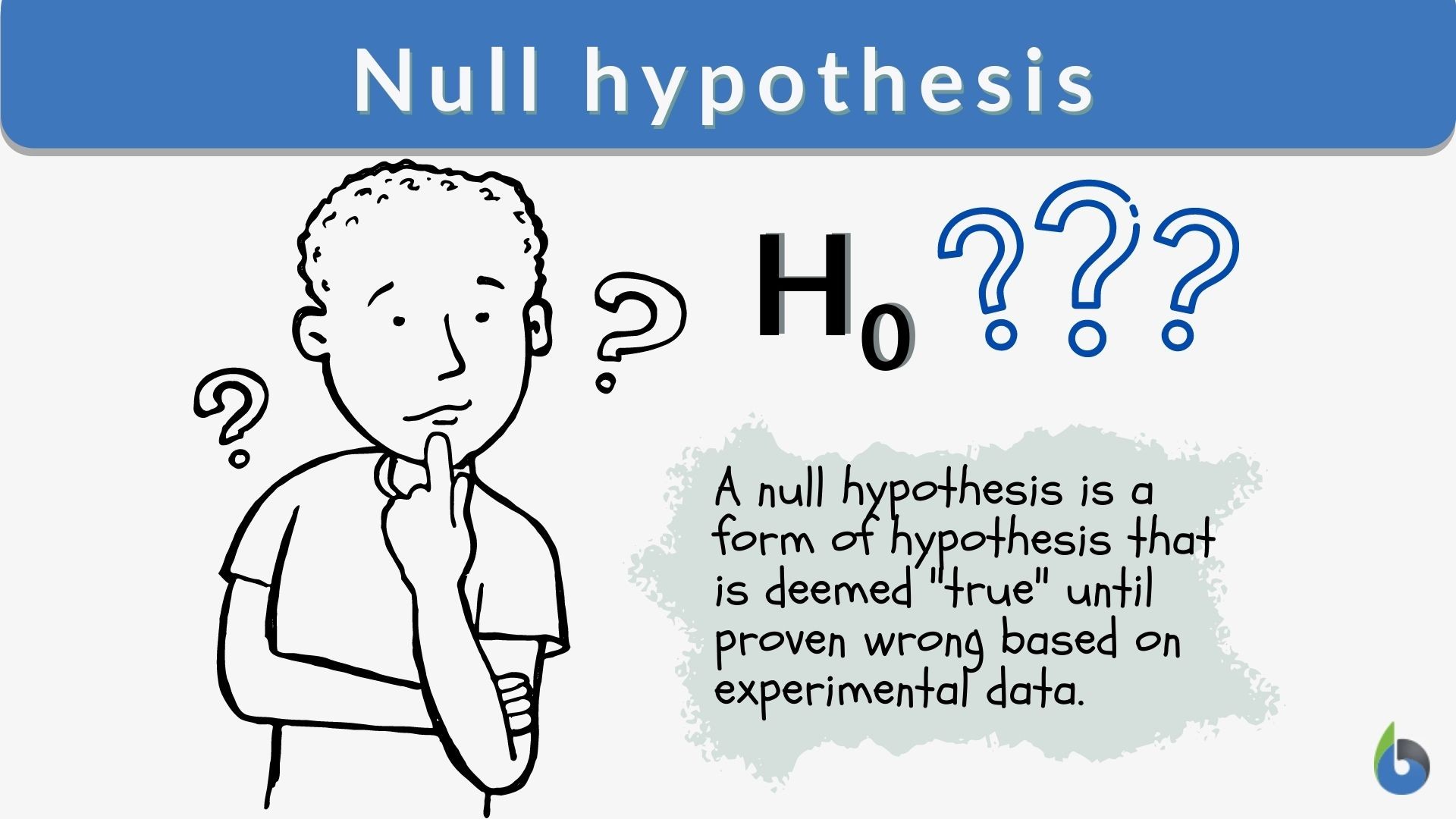



Null Hypothesis Definition And Examples Biology Online Dictionary




Hypothesis Testing An Example Hypothesis Testing Situation Sid Says That He Has Psychic Powers And Can Read People S Thoughts To Test This Claim A Ppt Download




Using Spss For T Tests
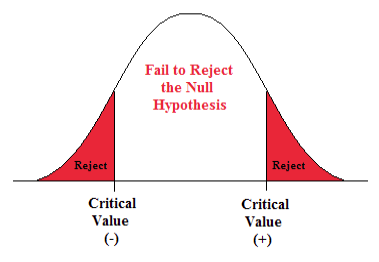



Chapter 3 Hypothesis Testing Natural Resources Biometrics




What Are Type I And Type Ii Errors Simply Psychology



1




Hypothesis Testing Maths Libguides At La Trobe University




Basics Proportions Single Proportion



2




6 Hypothesis Testing Marketing Research Design Analysis 21
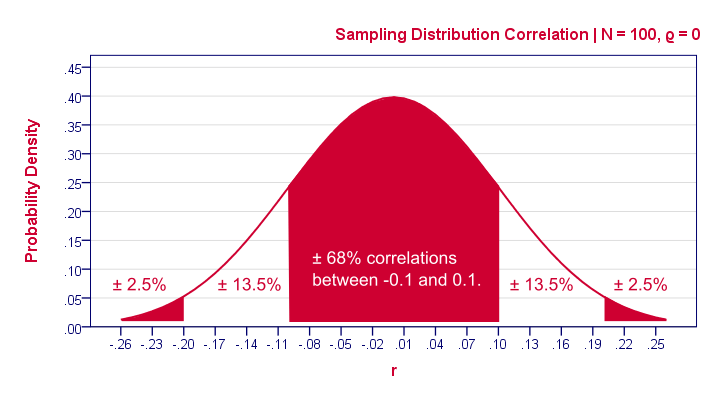



Null Hypothesis Quick Introduction
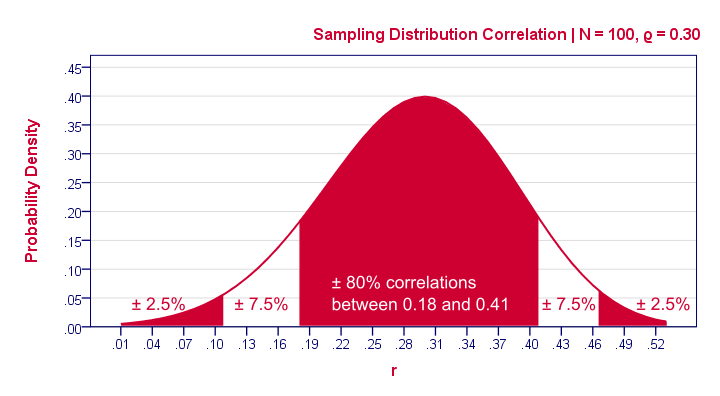



Null Hypothesis Quick Introduction
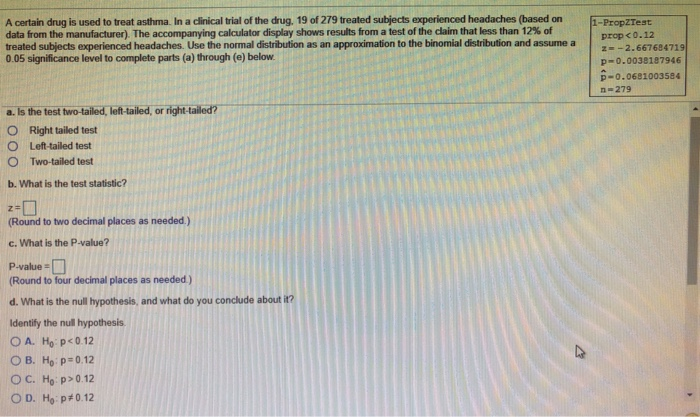



Solved Decide Whether To Reject The Null Hypothesis Chegg Com




Hypothesis Testing Tool
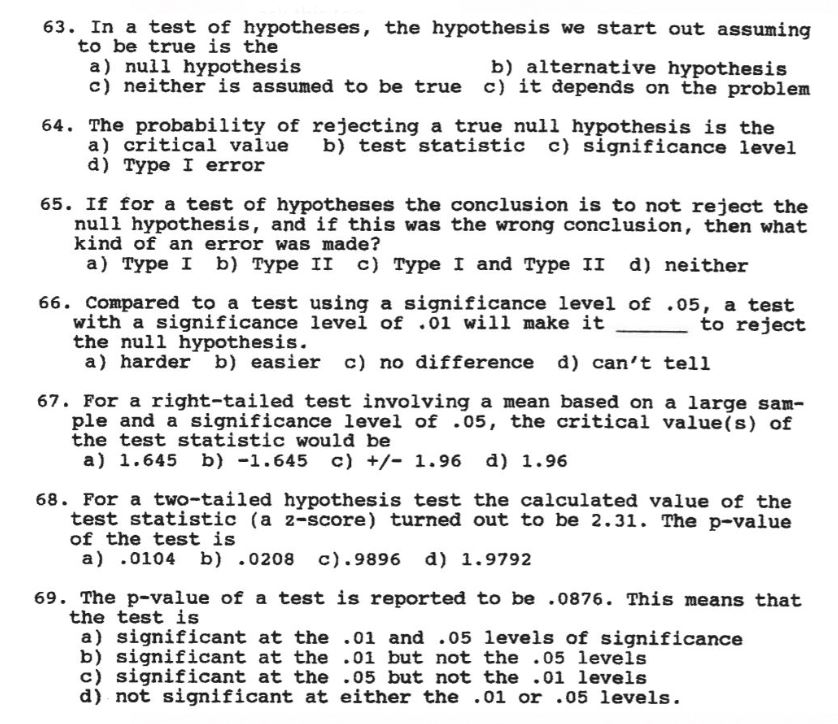



63 In A Test Of Hypotheses The Hypothesis We Start Chegg Com
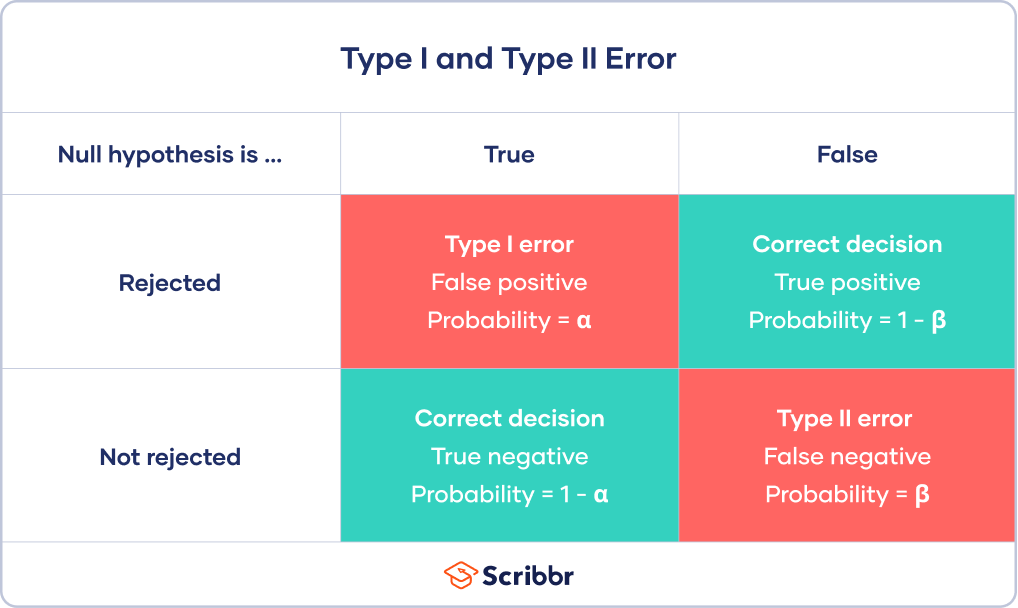



Type I Type Ii Errors Differences Examples Visualizations




Jpma Journal Of Pakistan Medical Association



Hypothesis Testing Handbook Of Biological Statistics




Statistics Rd Wi Fo R E T A




Solved 32 The Alpha Error May Never Be Committed When A Chegg Com
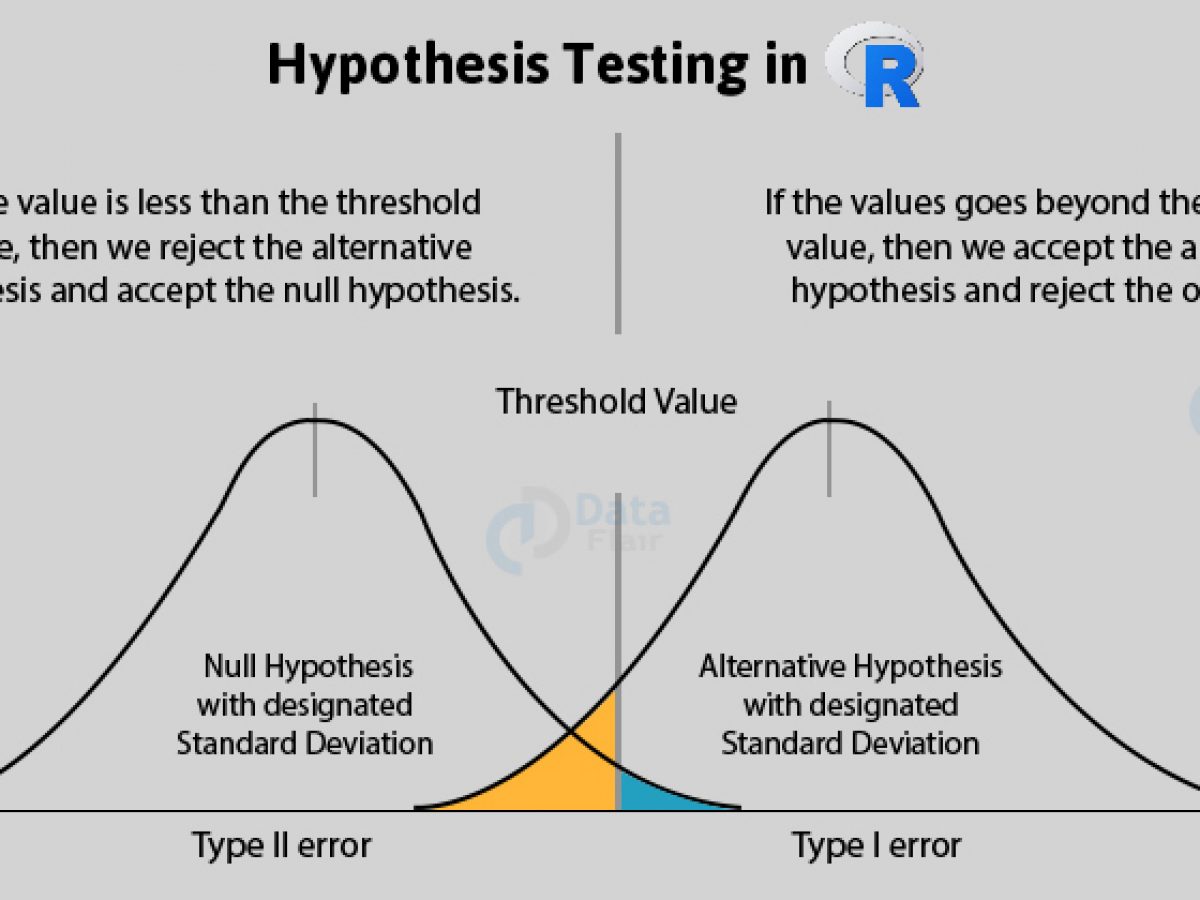



Introduction To Hypothesis Testing In R Learn Every Concept From Scratch Dataflair



2




Hypothesis Testing Maths Libguides At La Trobe University
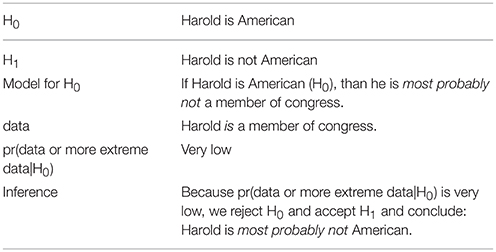



Frontiers When Null Hypothesis Significance Testing Is Unsuitable For Research A Reassessment Human Neuroscience
:max_bytes(150000):strip_icc()/HypothesisTestinginFinance4-deefaac530e74d2880cf92a461b4c1fb.png)



Hypothesis Testing In Finance Concept And Examples




Frontiers When Null Hypothesis Significance Testing Is Unsuitable For Research A Reassessment Human Neuroscience




Hypothesis Testing Statistically Significant P Value




Hypothesis Testing 2 Tailed Test By Tanwir Khan Towards Data Science




Everything You Need To Know About Hypothesis Testing Part I By Mahesh Towards Data Science
:max_bytes(150000):strip_icc()/HypothesisTestinginFinance1_2-1030333b070c450c964e82c33c937878.png)



Hypothesis Testing In Finance Concept And Examples




Hypothesis Testing Statistically Significant P Value



1
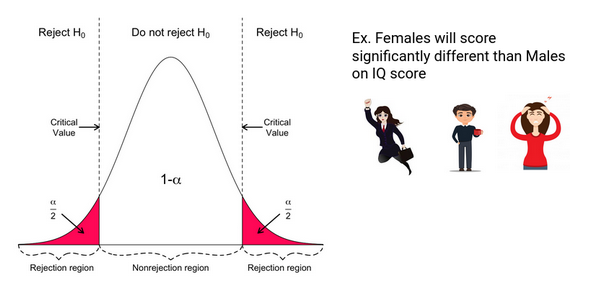



Hypothesis Testing Difference Between Z Test And T Test




Hypothesis Testing 5 Of 5 Concepts In Statistics
/null-hypothesis-vs-alternative-hypothesis-3126413-v31-5b69a6a246e0fb0025549966.png)



Null Hypothesis And Alternative Hypothesis




Null Hypothesis Definition And Examples Biology Online Dictionary
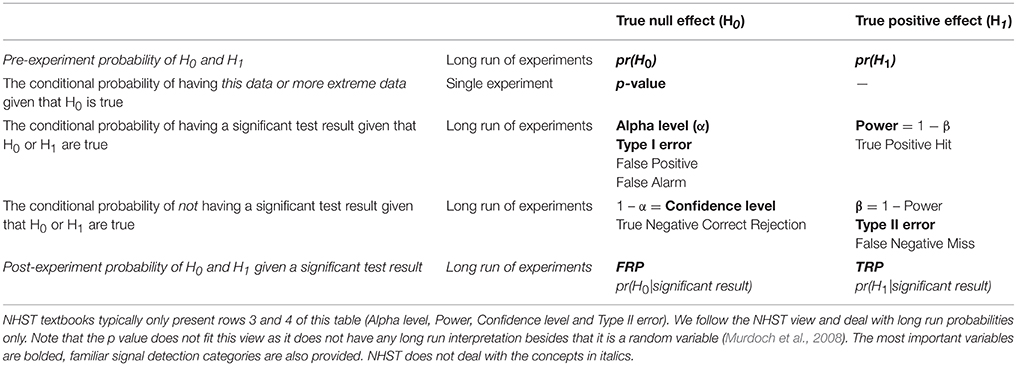



Frontiers When Null Hypothesis Significance Testing Is Unsuitable For Research A Reassessment Human Neuroscience
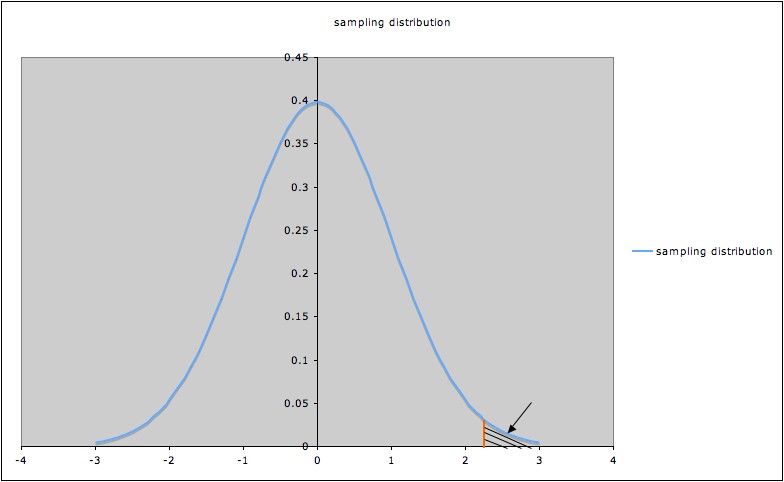



Rejection Region Critical Region For Statistical Tests Statistics How To




A Null Hypothesis Can Only A Be Accepted B Chegg Com
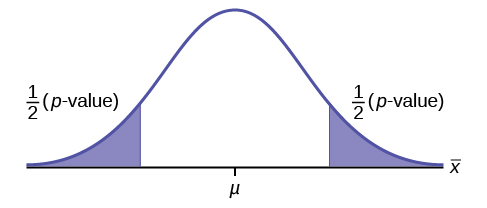



Full Hypothesis Test Examples Introductory Business Statistics



Step 5 Interpreting The Results Chi Square Test For Goodness Of Fit In A Plant Breeding Example Passel
/null-hypothesis-vs-alternative-hypothesis-3126413-v31-5b69a6a246e0fb0025549966.png)



Null Hypothesis And Alternative Hypothesis




Psyc 300 Exam 3 Hypothesis Testing Flashcards Quizlet




Constructing Hypotheses For A Significance Test About A Proportion Video Khan Academy




Examples Identifying Type I And Type Ii Errors Video Khan Academy
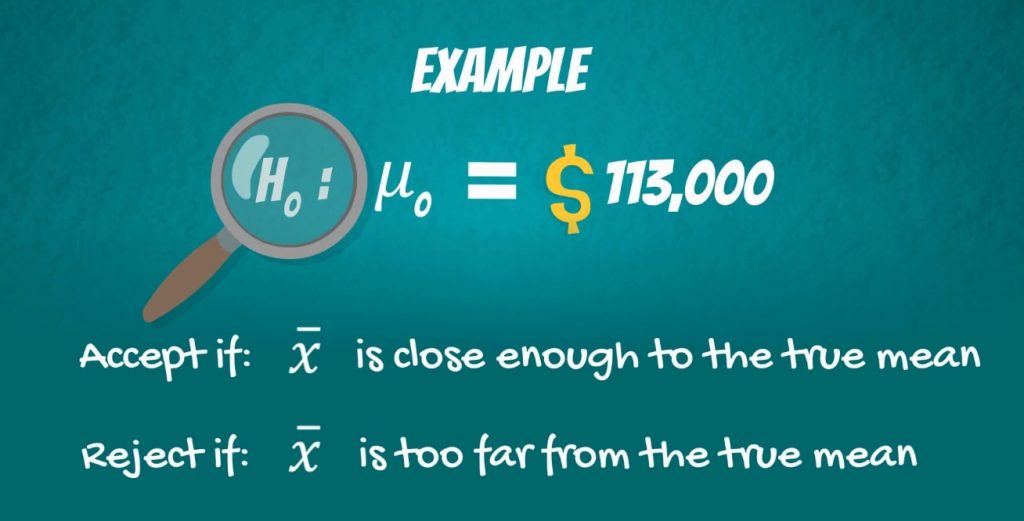



Null Hypothesis And Alternative Hypothesis 365 Data Science



Ocf Berkeley Edu
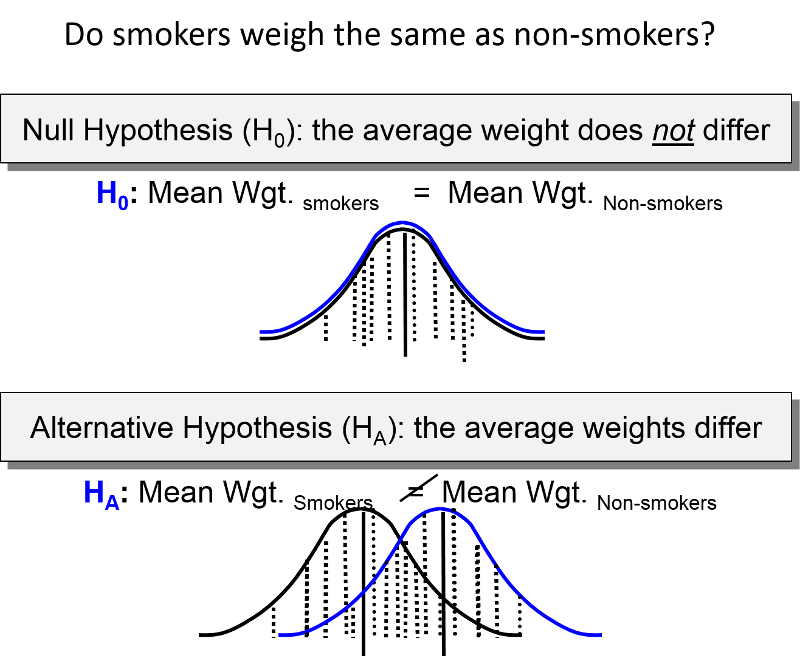



Hypothesis Testing
:max_bytes(150000):strip_icc()/HypothesisTestinginFinance2_2-8b3d4def38c945e8940385f1382b7ec4.png)



Hypothesis Testing In Finance Concept And Examples
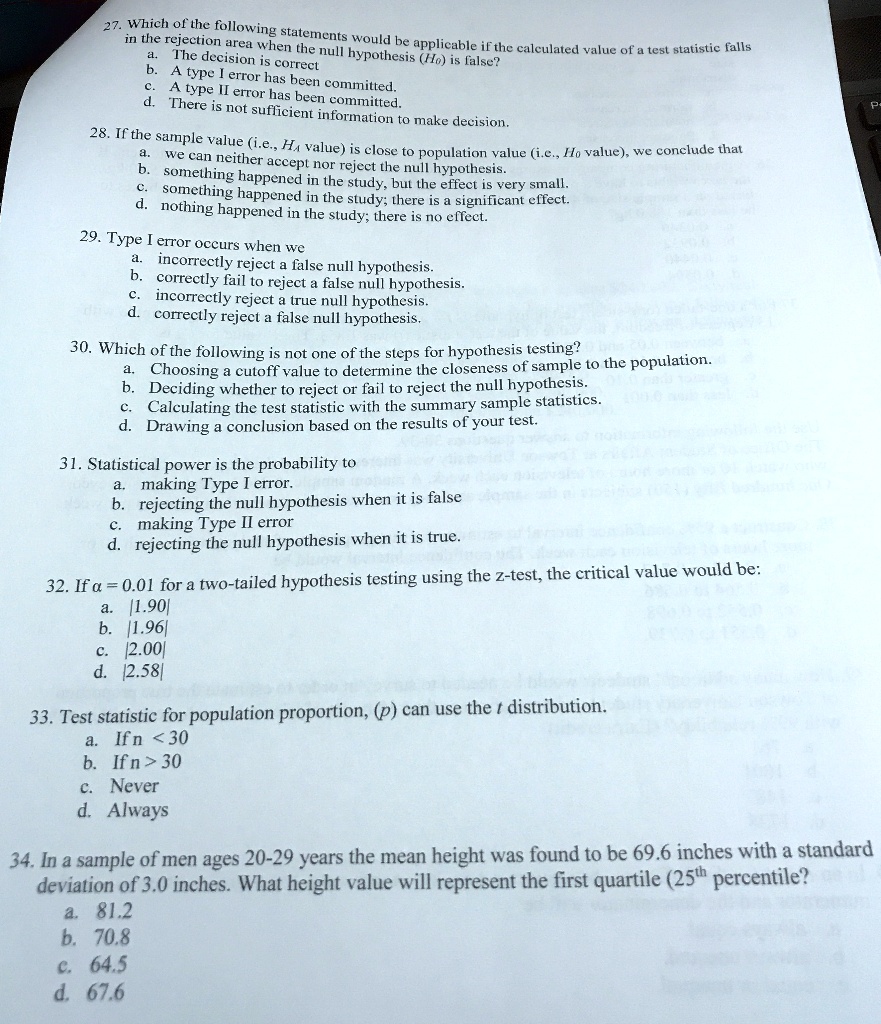



Solved Which Of Tue Following In The Rejection Area Statements When The Null Would Be Applicable The Ifthe Calculated Value Of Tcsl Statistic Falls Decision Is Hypothesis Ho Is Alse A Type Correct




Pdf Formulating And Testing Hypothesis
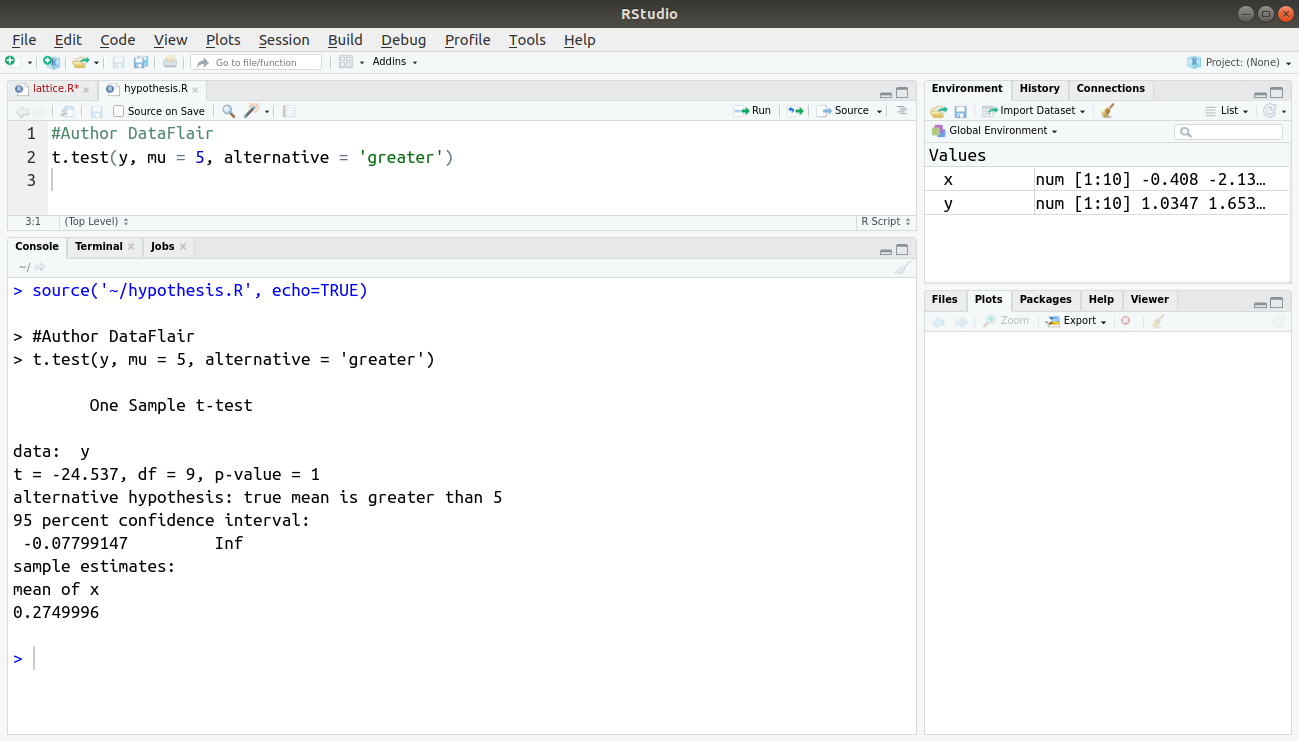



Introduction To Hypothesis Testing In R Learn Every Concept From Scratch Dataflair
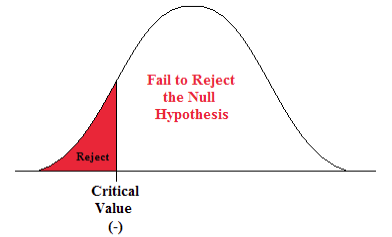



Chapter 3 Hypothesis Testing Natural Resources Biometrics




Solved 1 A Statistical Hypothesis Is A Conjecture About A Chegg Com




Failing To Reject The Null Hypothesis Statistics By Jim
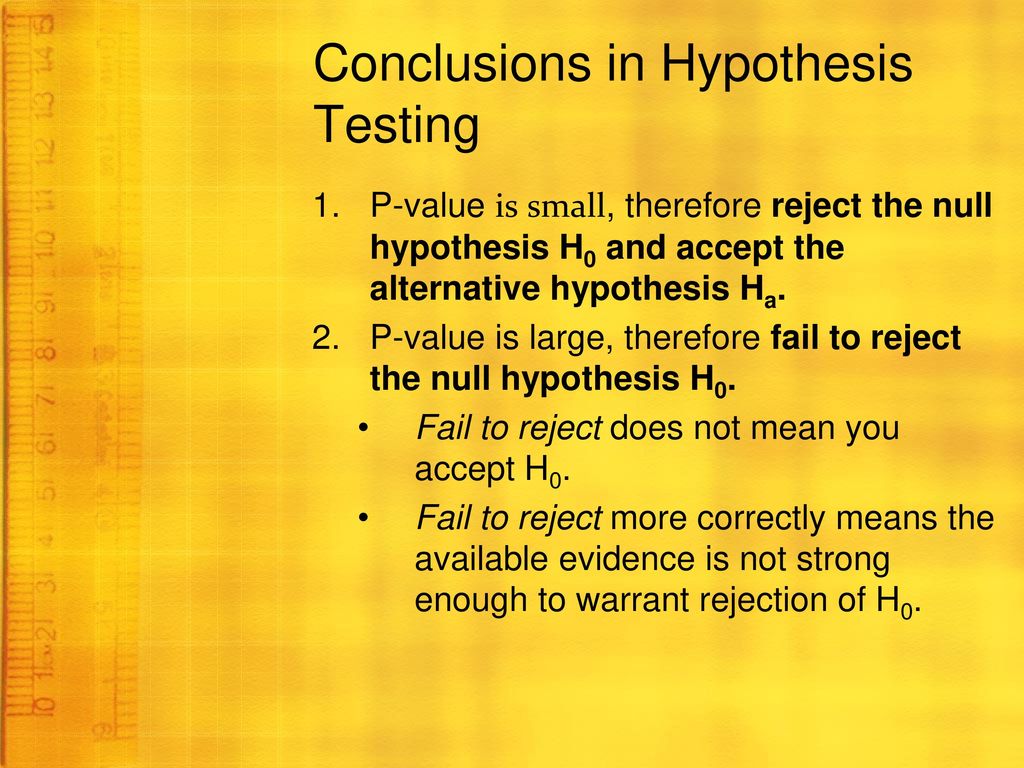



Ap Statistics More About Tests And Intervals Ppt Download




Comparing P Values To Different Significance Levels Video Khan Academy



Data Analysis In The Geosciences



2




Hypothesis Wikipedia




Everything You Need To Know About Hypothesis Testing Part I By Mahesh Towards Data Science




Pdf Formulating And Testing Hypothesis




Inferential Statistics Ppt Download




Null Hypothesis And Alternative Hypothesis With 9 Differences



0 件のコメント:
コメントを投稿